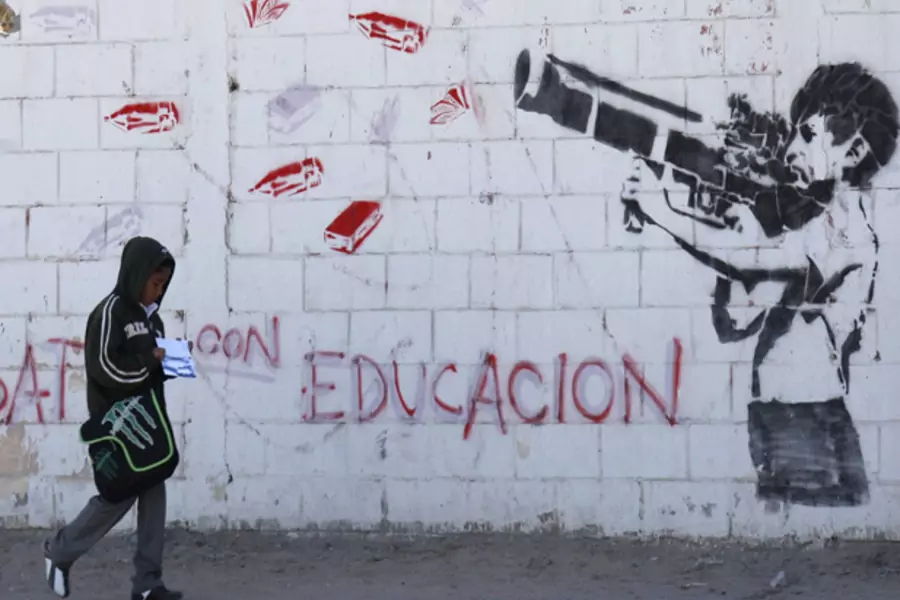Guest Post: U.S. Students are Heading to Latin America, Just Not to Mexico

This is a guest post by Stephanie Leutert, a research associate here at the Council on Foreign Relations, who works with me in the Latin America Studies program.
Secretary John Kerry and Vice President Joe Biden recently announced the new State Department directed 100,000 Strong in the Americas Innovation Fund. It ambitiously aims to have 100,000 U.S. students in Latin America and 100,000 Latin American students in the United States by 2020. This initiative builds on the increasing interest in the region; during the 2011-2012 school year over 44,000 U.S. students headed south. Still these growing numbers hide the changing geographic interests, including the increasing popularity of Brazil and Costa Rica and the steep declines in semesters abroad in Mexico.
More on:
At the turn of the twenty-first century, over a third of Americans studying in Latin America went to Mexico, with over 8,000 students enrolled in classes in Mexico City, Monterrey, Puebla, and the country’s many other cities. Then the fifth most popular country in the world for U.S. study abroad, it placed well ahead of other Latin American countries, as well as popular destinations such as Germany, Ireland, and Australia. Today fewer than 4,000 Americans venture to their southern neighbor to study, a number surpassed by regional peers Costa Rica, Argentina, and Brazil, and on par with much smaller countries such as Ecuador.
One reason for students’ disinterest is the well-documented violence in many parts of the country, as shown in the graph below. Gruesome media headlines paired with travel advisories from the U.S. State Department led many universities to shutter their Mexico-based programs and even restrict professors’ academic research.
Many commentators often note the economic and social costs of Mexico’s violence and crime, including shaving off over a percentage point of GDP growth, holding back micro-enterprises, and making more Mexicans feel unsafe walking alone at night in their cities. The decline in the number of American students choosing to study in Mexico adds yet another layer to the negative effects. Beyond the direct economic losses that come when thousands of foreign students forego studying in Mexican universities—with effects for job creation and local economies—both Mexican and American students also lose out on less tangible benefits. Foreign exchange programs broaden both basic knowledge of places as well as mutual understanding (one of the primary goals of the 100,000 Strong program). For Mexico, this avenue for promoting people-to-people bilateral ties is just one more casualty of the violence.
More on:
 Online Store
Online Store
